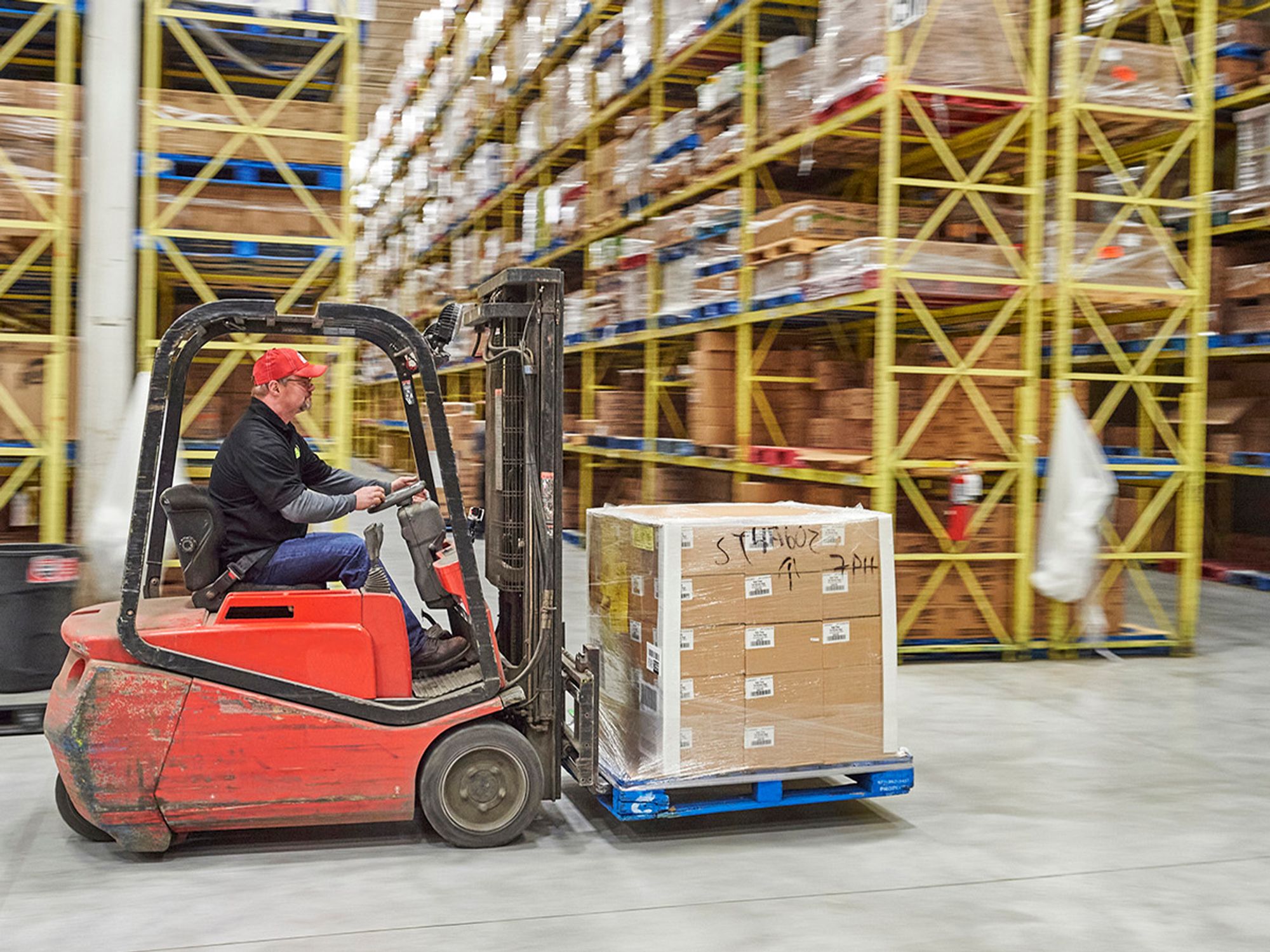IMDG container/vehicle packing certificate

- Those who pack or load dangerous goods into a container or vehicle must provide a container/vehicle packing certificate, which certifies that the operation has been carried out properly.
When dangerous goods are packed or loaded into a container or vehicle, those responsible for packing the container or vehicle must provide a “container/vehicle packing certificate.” The certificate must specify the container/vehicle identification number and certify that the operation has been carried out according to certain conditions, including that:
- The container or vehicle is clean, dry, and fit to receive the goods;
- Applicable segregation requirements have been met;
- Packages have been inspected for damage and only sound packages have been loaded;
- Drums have been stowed in an acceptable position, and all goods have been properly loaded and, where necessary, adequately braced;
- Bulk goods have been evenly distributed in the container/vehicle;
- For goods of class 1 other than division 1.4, the container/vehicle is structurally serviceable;
- The container/vehicle and packages are properly marked, labeled, and placarded;
- When substances presenting a risk of asphyxiation are used for cooling or conditioning purposes, the container/vehicle is externally marked according to requirements; and
- A dangerous goods transport document has been received for each dangerous goods consignment loaded in the container/vehicle.
Note that the container/vehicle packing certificate is not required for portable tanks.
The information required in the dangerous goods transport document and the container/vehicle packing certificate may be incorporated into a single document; if not, these documents must be attached.
If the information is incorporated into a single document, the document must include a signed declaration indicating that the packing of the goods into the container/vehicle has been carried out in accordance with the applicable provisions. This declaration must be dated and the person signing it must be identified on the document.
If the certificate is presented to the carrier via EDP or EDI transmission techniques, the signature may be electronic or may be replaced by the name (in capital letters) of the person authorized to sign.
If the certificate is given to a carrier by EDP or EDI techniques and subsequently the dangerous goods are transferred to a carrier that requires a paper container/vehicle packing certificate, the carrier must ensure that:
- The paper document indicates “Original received electronically,” and
- The name of the signatory is shown in capital letters.
